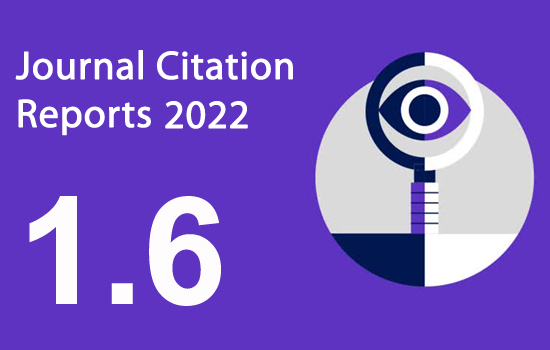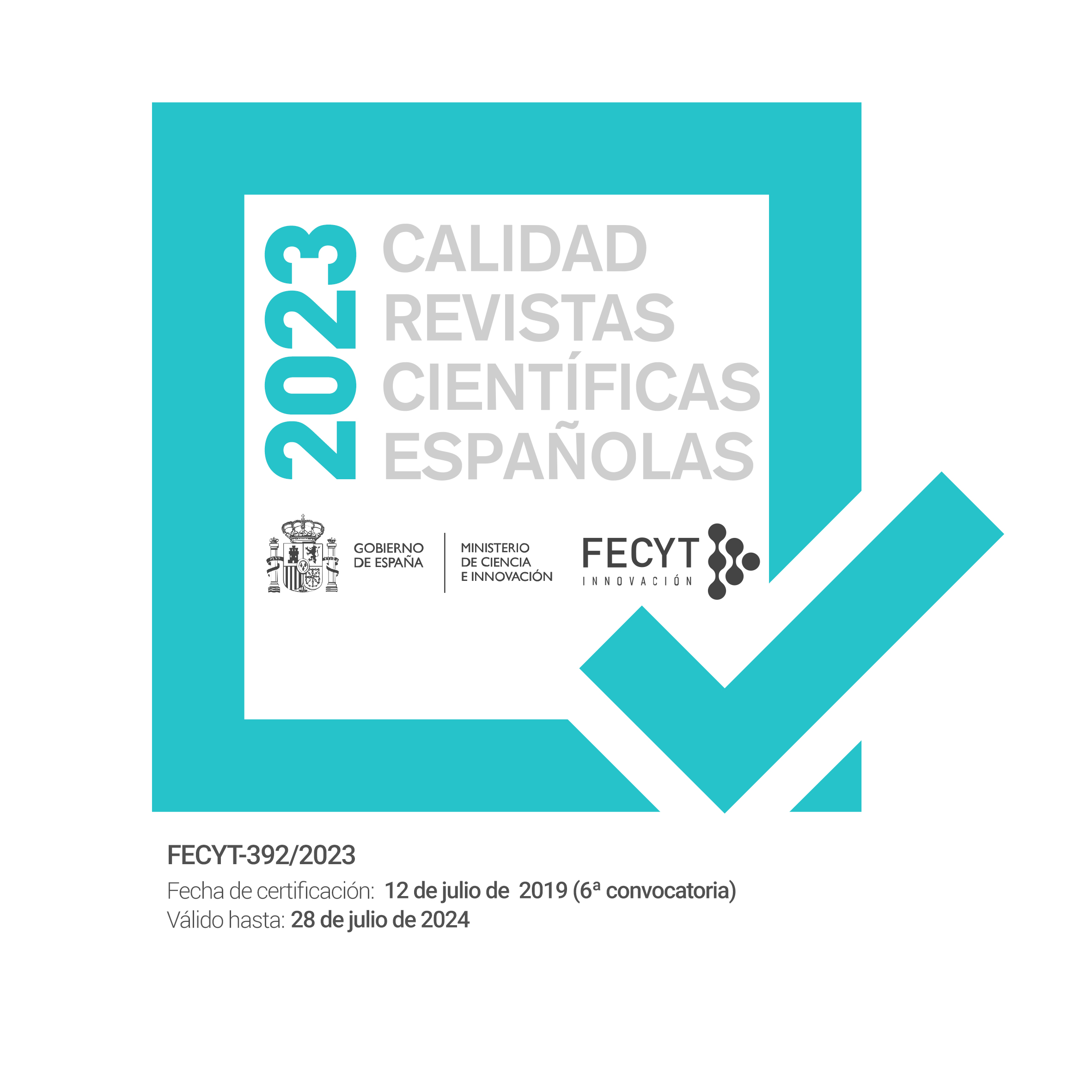Analysis on judo specific and unspecific test
DOI:
https://doi.org/10.18002/rama.v3i1.346Keywords:
Martial arts, combat sports, judoAbstract
In specialized literature it is not easy to find test which give us information about judokas developing their specific kinetic habits. Although judo is included in sociomotor sports (Parlebas, 2001), judokas physical fitness is normally evaluated through test which come from other type of sports, mainly from phychomotor sports. At the same time, batteries as the battery Eurofit (Conseil de L´Europe, 1989), are use to evaluate perceptive-motors aspects. In this article, we describe some of the tests found in specific western bibliography. Once finished this analysis, we mention the need of creating test which value the reality of competition confrontation more specifically, and which can be reliable, objective and reproductive (López and cols. 2004) being easy and useful to the trainer as well.
Downloads
Métricas alternativas
References
Amorim, A.R.; Drigo A.J. y Kokubun, E. (1994). “Treinamento intermitente no judo e lactate sangüíneo”. En Actas Simposio Internacional de Ciencias do Esporte – Saúde e Desempenho. CELAFISCS. Sao Caetano do Sul, p. 87.
Artioli, G. et al. (2005). “Relationship Between Blood Lactate And Performance In A Specific Judo Test”. Medicine & Science in Sports & Exercise, 5 (37), 112- 118.
Azevedo, P. et al. (2007). “Determination of judo endurance performance using the uchi komi technique and an adapted lactate minimum test”. Journal of sports science and medecine, 6, 10-14.
Callister, R.; Callister, R.J.; Fleck J. y Dudley, G. A. (1990). “Physiological and performance responses to overtraining in elite judo athletes”. Medicine & Science in Sports & Exercise, 6 (22), 816-824.
Callister, R.; Callister, R.J.; Staron, R.S.; Fleck, S.J.; Tesch, P. y Dudley, G.A. (1991). “Physiological characteristics of elite judo athletes”. Int. J. Sport Med., 2 (12), 196-203.
Castarlenas, J.L. y Planas, A. (1997). “Estudio de la estructura temporal del combate de Judo”. Apunts – Educación Física y Deportes, 47, 81-86.
Cavazani, R.N. (1991). Lactato antes e após sucessivos combates de Judo. Monografía de Bacharelado em Educaçao Física, Departamento de Educaçao Física do Instituto de Biociencias da UNSEP – Campus Rio Claro. Inédita.
Conseil De L´Europe. “Eurofit” (1989). Revista de Investigación, Docencia, Ciencia, Educación Física y Deportiva, 12-13, 8-49.
Drigo, A.J.; Amorin A.R. y Kokubun, E. (1994). “Avaliaçao do condicionamiento físico em judocas através do lactato sangüíneo”. En Actas XIX Simposio Internacional de Ciencias do Esporte – Saúde e Desempenho. CELAFISCS. Sao Caetano do Sul, 156.
Drigo, A.J.; Martins, C.J.; Marineli, E.J.; Mathias, R.; Amorim A.R. y Kokubun, E. (1995). “Lutas de projeçao e de solo no judo: estudo pelo lactáto sangüineo. En Actas V Simpósio Paulista de Educaçao Física – Edcuaçao Física: que porfissao é essa, Sao Paulo, 128.
Favre-Juvin, A. ; Majean, H. ; Gallita, L. ; Callec, C. y Eterradossi, J. (1989). “Approche physiologique du Judo”. Sport Médecine Actualités, 40, 5-10.
Franchini, E. (2001). Judo. Desempenho competitivo. Tamboré (Brasil): Manole.
Franchini, E.; Nakamura, F.Y.; Takito, M.; Kiss, M.A.P.D.M. y Sterkowiz, S. (1998a). “Specific fitness test developed in Brazilian judoists”. Biology of Sport, 3 (15), 165- 70.
Franchini, E.; Nunes, A.V.; Moraes J.M. y Del Vecchio, F.B. (2007). “Physical fitness and anthropometrical profile of the brazilian male judo team”. J Physiol Anthropol, 2 (26), 59-67.
Franchini, E.; Takito, M.Y.; Lima, J.R.P.; Haddad, S.; Kiss, M.A.P.D.M.; Regazzini, M. y Böhme, M.T.S. (1998b). “Características fisiológicas em testes laboratoriais e desposta da concetraçao de lactato sangüíneo em 3 luttas em judocas das classes Juvenil A, Junior y Senior”. Revista Paulistade Educaçao Física, 1 (12), 5-16.
García, J.M. (1999). “Test J.M.G.”. Disponible en http://www.judoinfo.com/testjmg.htm [Consulta: 5 de agosto 2007].
Gayda, M.; Calmet, M.; Warin, G.; Berton, B.; Keochkerian y D. Ahmaidi, S. (1998). “Validation d’un test specifique au judo pour l’evaluation de l’aptitude cardiorespiratoire”. IXème Congrès International des Chercheurs en Activités Physiques et Sportives - 1, 3 - Valence.
Gorostiaga, E.M. (1988). “Coste energético del combate de judo.” Apunts Med. Sports, XXV, 135-139.
Heinisch, H. D. (1997). “L´Analisi dell´allenamento e della gara nel Judo”. Rivista di cultura sportiva, 37, 53-62.
Horswill, C.A. (1992). “Applied physiology of amateur wrestling”. Sports Medicine, 2 (14), 114-143.
Horswill, C.A.; Scott J. y Galea, P. (1989). “Comparison of maximum aerobic power, maximum anaerobic power, and skinfold thickness of elite and non elite junior wrestlers”. International Journal of Sports Medicine, 3 (10), 165-168.
Idarreta, J. (1997). “El entrenamiento de la resistencia específica a través del Randori”. En VVAA. El Judo y las ciencias de la educación física y el deporte. Vitoria Gasteiz: SHEE-IVEF, 149-156.
López Chicharro, J.; Aznar Laín, S.; Fernández Vaquero, A.; López Mojares, L.M.; Lucía Mulas A. y Pérez Ruiz, M. (2004). Transición aeróbica-anaeróbica. Concepto, metodología de determinación y aplicaciones. Madrid: Master Line & Prodigio.
Martin, D.; Carl, K. y Lehnertz, K. (2001). Manual de metodología del entrenamiento deportivo. Barcelona: Paidotribo.
Mcardle, W.D.; Katch, F.I. y Katch, V.L. (1995). Fisiología del ejercicio. Energía, nutrición y rendimiento humano. Madrid: Alianza Editorial y Consejo Superior de Deportes.
Mickiewicz, G. y Wojcieszak, I. (1987). “Application of the Pulsation Test for the Assessment of Effort Capacity and Training Effects in Judo. Special Capacity Tests. Implementations”. Prace i Materiały Instytutu Sportu, 7, 26-36.
Mieth, R. (1992). “Development of a motor skill test for judoists aged 9-14”. En Haag, H. et al. (eds.), Sporterziehung und Evaluation. Schorndorf: Hofmann, 228-232.
Monteiro, L.F. (1995). “Estructura e custo energético do combate de Judo”. En Actas IV Congreso de Educaçao Física e Ciencias do Desporto dos Países de Língua Portuguesa. Universidade de Coimbra (2-5 de março de 1995).
Parlebas, P. (2001). Juegos, deporte y sociedad. Léxico de praxiología motriz. Paidotribo: Barcelona.
Patton, J.F. y Duggan, A. (1987). “Upper and lower body anaerobic power: comparison between biathletes and control subjects”. International Journal of Sports Medicine, 2 (8), 94-98.
Pulkkinen, W. J. (2001). The sport science of elite judo athletes. A review and applicaton for training. Toronto: Hatasitha Enterprises,.
Sharp, N.C.C. y Koutedakis, Y. (1987). “Anaerobic power and capacity measurements of the upper body in elite judo palyers, gymnasts and rowers”. Australian Journal of Science and Medicine in Sport, 3 (19), 9-13.
Sikorski, W. (1985). “Aktualne problemy treningu I walki sportowej w judo”. Prace i Materialy, 5, 115-20.
Sikorski, W.; Mickiewicz, G.; Majle y B. Laksa, C. (1987). “Structure of the contest and work capacity of the judoist”. En Proceedings of the International Congress on Judo “Contemporary Problems of Training and Judo Contest”, Spala-Poland, 9-11 November, 58-65.
Silva, M. (1989). “Caracterización del esfuerzo en modalidades deportivas no medibles. El judo como ejemplo”. Treino desportivo, 5 (36-46).
Sterkowicz, S. (1995). “The Special Judo Fitness Test”, Antropomotoryka, 12-13, 29-44.
Sterkowicz, S. y Maslej, P. (1999). “An evaluation of the tecnichal and tactical aspects of judo matches at the senior level”. Disponible en http://www.judoamerica.com/ijca/sterkowizc/index.html [Consulta: 16 de marzo de 2007].
Sterkowicz, S.; Uchowicz, A. y Kubica, R. (1998). “Levels of anaerobic and aerobic capacity indices and results for the special fitness test in judo competitors”. ( http://www.judoinfo.com/articles.htm). [Consulta: 5 de febrero de 2007].
Taylor, A. y Brassard, L. (1981). “A physiological profile of the Canadian Judo Team”. Journal of Sports Medicine., 21, 160-164.
Terbizan, D.J. y Seljevold, P.J. (1996). “Physiological profile of age-group wrestlers”. The Journal of Sports Medicine and Physical Fitness, 3 (36), 178-185.
Thomas, S. ; Goubault, C. ; Beau, M. y Brandet, J. P. (1989b): “Test d´evaluation au judo, dérivé du test de Léger – Mercier”. Médecine du Sport, 6 (63), 286-288.
Thomas, S.; Cox, M.H.; Legal, Y.M.; Verde, T.J. y Smith, H.K. (1989a). “Physiological profiles of the canadian nacional Judo team”. Can. J. Spt. Sci., 3 (14), 142-147.
Tumilty, D.; Hahn, A. G. y Telford, R. D. (1986). “A physiological profile of well-trained male judo players”. En Watkins, J.; Reilly, T. y Burwitz, L. (Eds.). Procedings of the VIII Commonwealth and International Conference on Sport, Physical Education, Dance, Recreation and Health. 3-10.
Villani, R. (2001): “Specific test to estimate the performance time of judo throwing technics”. En Actas 6º Annual Congress of the ECSS, Cologne, 123- 132.
Westerweller, R. (2001): “Zur Veränderung von Gerinnungsparametern durch Mikrotraumatisierung infolge Wurftrainings im Kampfsport”. Österreichischem Journal für Sportmedizin, 4, 87-95.
Downloads
Published
How to Cite
Issue
Section
License
Copyright (c) 2012 Luis Santos Rodríguez, José Antonio Prieto Saborit, Vicente González Díez

This work is licensed under a Creative Commons Attribution-NonCommercial-ShareAlike 4.0 International License.
The authors who publish in this journal must agree to the following terms:
- The authors grant on a nonexclusive basis the exploitation rights (reproduction, distribution, public communication and transformation) of the work accepted for publication to the University of León. The authors can establish, on their own, additional agreements for the non-exclusive distribution of the version of the work published in the journal (for example, placing it in an institutional repository or publishing it in a book), always acknowledging the initial publication in this journal.
- This work is licensed under the Creative Commons Attribution-NonCommercial-ShareAlike 4.0 International License. Click to see basic information and the legal text of the license.
- The authors are allowed and encouraged to disseminate electronically pre-print or post-print versions of their work before publication, as this can give rise to productive exchanges, as well as earlier and increased citing of the works published.











